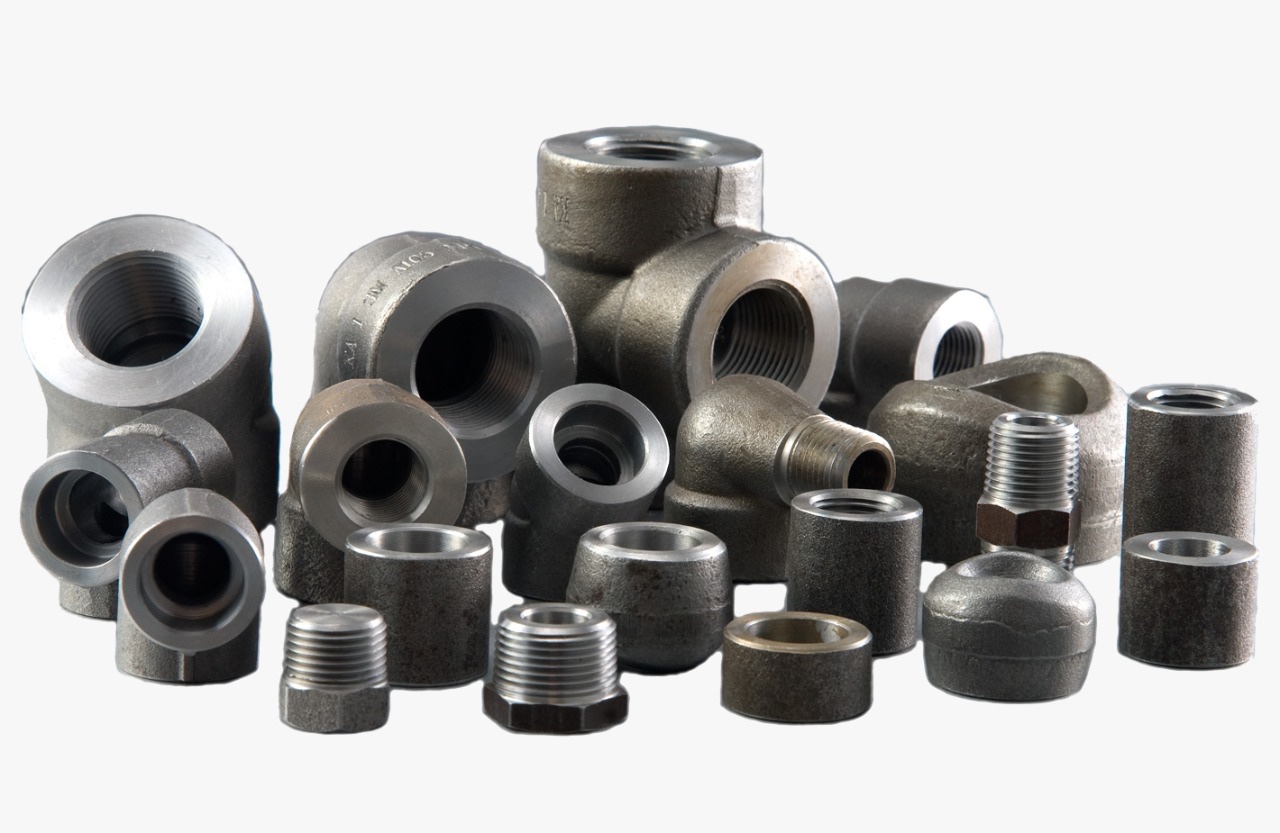
Getting accurate measurements for pipe fittings is essential for any plumbing project. Whether you’re replacing old pipe fittings or installing new ones, knowing how to measure them correctly saves time and prevents costly mistakes. This guide breaks down the essential steps and methods to measure pipe fittings accurately.
Before measuring pipe fittings, it’s important to know that pipes and their fittings are measured in two main ways:
- Nominal pipe size (NPS)
- Actual dimensions
The nominal size might not match the actual measured size, which often confuses many people. For example, a 1/2-inch nominal pipe actually measures about 0.840 inches outside diameter.
This standard sizing helps ensure pipe fittings match correctly across different manufacturers and applications.
Essential Tools for Measuring Pipe Fittings
To measure pipe fittings accurately, you’ll need these tools:
- Tape measure or ruler for straight measurements
- Caliper for precise diameter measurements
- Pipe sizing gauge for quick reference
- String or flexible measuring tape for circumference
- Clean cloth for wiping surfaces before measuring
Measuring Outside Diameter of Pipe Fittings
The outside diameter (OD) is one of the most important measurements for pipe fittings. Place the caliper around the widest part of the pipe fitting, making sure it’s perfectly straight. Take multiple measurements around the fitting to ensure accuracy. Clean the pipe fittings before measuring, as dirt or corrosion can affect the accuracy of your measurements.
Measuring Inside Diameter of Pipe Fittings
Inside diameter (ID) measurements are crucial for understanding flow capacity and ensuring proper fit. Insert the caliper into the opening of the pipe fitting, being careful not to force it. Measure at several points to get an accurate reading. Remember that some pipe fittings may have different inside diameters at different points, especially in reducing fittings.
Length and Thread Measurements of Pipe Fittings
For threaded pipe fittings, measuring the thread length and count is important. Count the number of threads per inch (TPI) using a thread gauge or by counting manually over a one-inch span. Measure the total length of the fitting from end to end, including any threads. For pipe fittings with multiple openings, measure each opening separately and note their positions.
Female and Male Connections in Pipe Fittings
Female pipe fittings have internal threads, while male fittings have external threads. When measuring female pipe fittings, focus on the inside thread diameter and depth. For male fittings, measure the external thread diameter and length. These measurements ensure proper mating between connected pieces.
Different Types to Consider When Measuring Pipe Fittings
Different types of pipe fittings require specific measuring approaches. Elbows need both the curve radius and the angle measurement. Reducers require measurements at both the larger and smaller ends. Tees need measurements for all three openings. Taking these specific measurements helps ensure you get the right replacement or new fitting for your needs.
Mistakes to Avoid When Measuring Pipe Fittings
Many people make mistakes when measuring pipe fittings by not accounting for threads or forgetting to measure depth in female fittings.
Another common error is confusing nominal size with actual size.
Always double-check your measurements and remember that pipe fittings follow standardized sizing conventions.
Keep detailed notes of all measurements taken from your pipe fittings. Include the outside diameter, inside diameter, length, and any special measurements specific to the type of fitting. Having these measurements written down helps when purchasing replacements or planning plumbing projects.